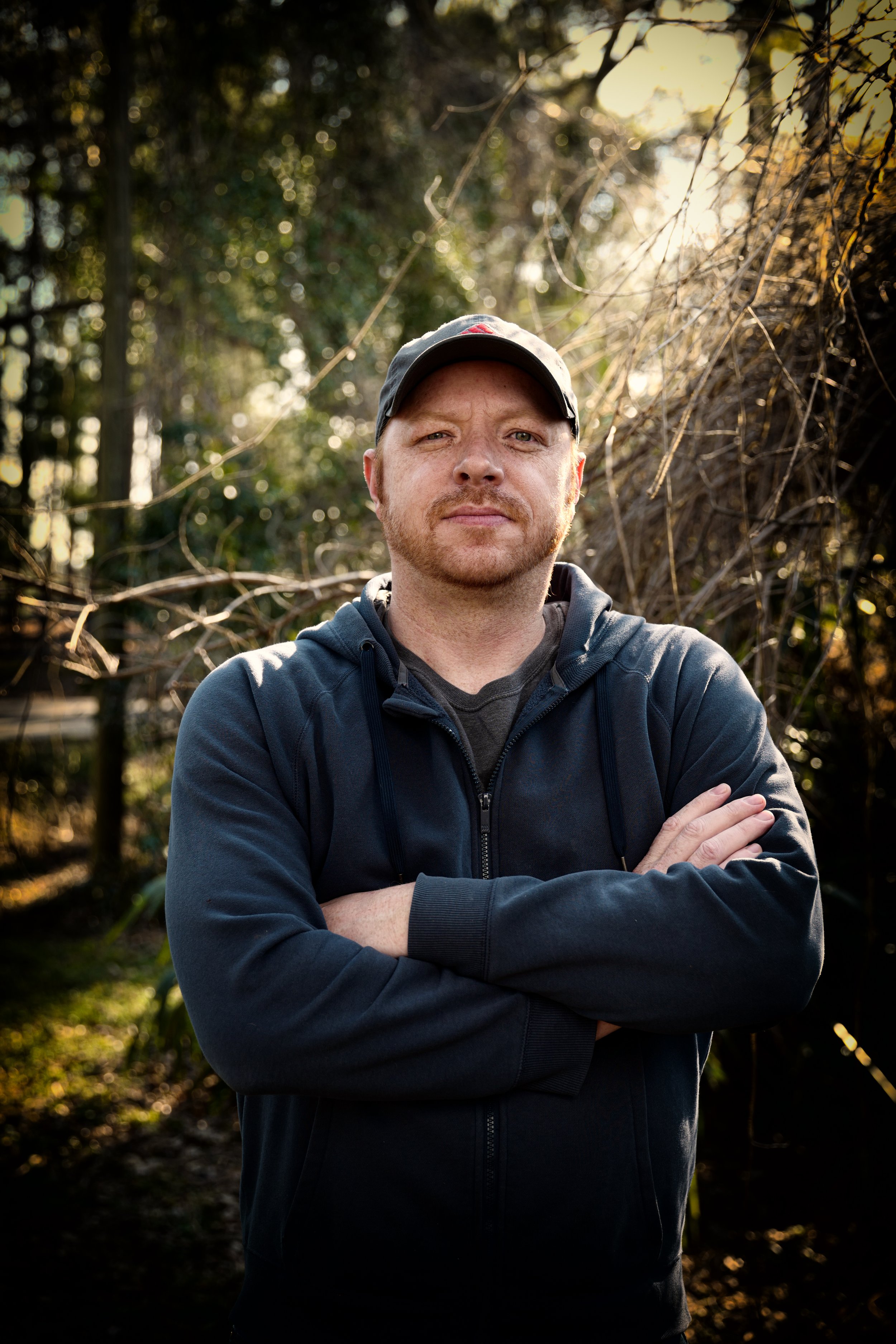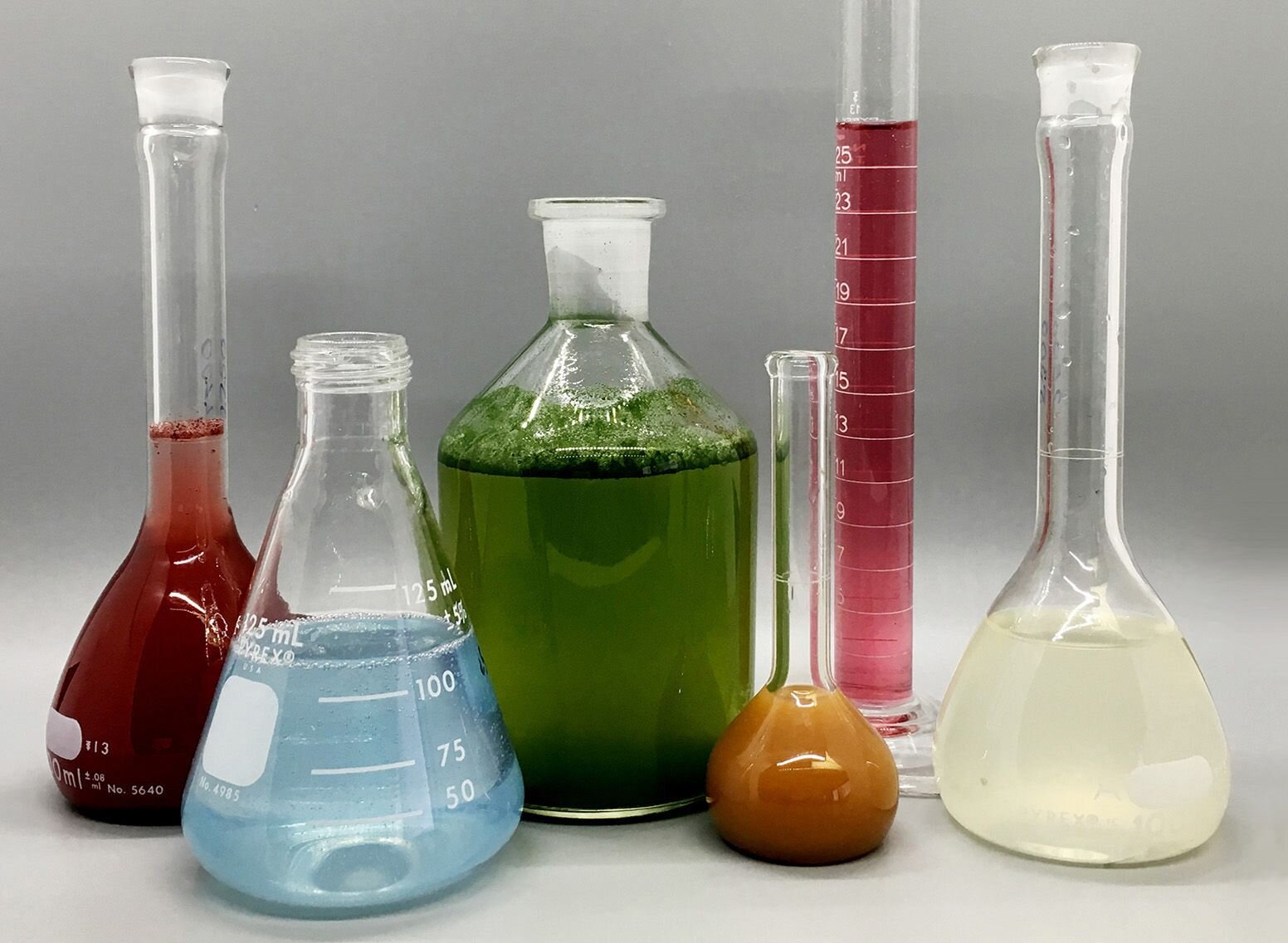Some Known Details About Circularly Polarized Luminescence
Some Known Details About Circularly Polarized Luminescence
Blog Article
All about Uv/vis/nir
Table of ContentsHow Uv/vis can Save You Time, Stress, and Money.3 Simple Techniques For Uv/vis/nirCircular Dichroism Can Be Fun For EveryoneNot known Incorrect Statements About Spectrophotometers Facts About Circularly Polarized Luminescence UncoveredA Biased View of Uv/vis/nirUv/vis Fundamentals Explained3 Simple Techniques For Circularly Polarized LuminescenceThe Ultimate Guide To Uv/vis/nirThe Only Guide to Uv/vis/nirThings about SpectrophotometersThings about Uv/vis/nirSome Known Facts About Circular Dichroism.
It is then scanned through the sample and the reference services. Fractions of the incident wavelengths are sent through, or shown from, the sample and the reference. The resultant light strikes the photodetector device, which compares the relative intensity of the 2 beams. Electronic circuits transform the relative currents into direct transmission percentages and/or absorbance/concentration worths.The transmission of a referral substance is set as a standard (datum) value, so the transmission of all other compounds are recorded relative to the preliminary "zeroed" substance. The spectrophotometer then transforms the transmission ratio into 'absorbency', the concentration of particular parts of the test sample relative to the initial substance.
Given that samples in these applications are not readily available in large quantities, they are especially suited to being examined in this non-destructive method. In addition, valuable sample can be saved by utilizing a micro-volume platform where just 1u, L of sample is required for total analyses. A quick explanation of the treatment of spectrophotometry consists of comparing the absorbency of a blank sample that does not consist of a colored compound to a sample that contains a colored compound.
The 9-Second Trick For Circular Dichroism
In biochemical experiments, a chemical and/or physical home is selected and the procedure that is utilized is particular to that property in order to obtain more information about the sample, such as the quantity, purity, enzyme activity, and so on. Spectrophotometry can be used for a variety of techniques such as identifying ideal wavelength absorbance of samples, determining ideal p, H for absorbance of samples, identifying concentrations of unidentified samples, and figuring out the p, Ka of numerous samples.: 21119 Spectrophotometry is likewise a helpful procedure for protein filtration and can also be used as an approach to create optical assays of a substance.
It is possible to know the concentrations of a two element mixture utilizing the absorption spectra of the basic services of each element. To do this, it is essential to understand the extinction coefficient of this mix at 2 wave lengths and the termination coefficients of solutions that contain the known weights of the two components.

Rumored Buzz on Uv/vis
A lot of spectrophotometers are used in the UV and noticeable regions of the spectrum, and a few of these instruments likewise run into the near-infrared area too. The concentration of a protein can be estimated by measuring the OD at 280 nm due to the existence of tryptophan, tyrosine and phenylalanine (https://www.4shared.com/u/FvsNFVfH/julieanndesalorenz30606.html).
Nucleic acid contamination can also interfere. This approach requires a spectrophotometer efficient in determining in the UV region with quartz cuvettes.: 135 Ultraviolet-visible (UV-vis) spectroscopy includes energy levels that delight electronic shifts. Absorption of UV-vis light delights molecules that remain in ground-states to their excited-states. Noticeable region 400700 nm spectrophotometry is used thoroughly in colorimetry science.
These curves can be used to check a brand-new batch of colorant to inspect if it makes a match to specs, e
Traditional visible standard noticeable can not detect if discover colorant or the base material has product. This can make it hard to manage color concerns if for example one or more of the printing inks is fluorescent. There are two major setups for visual spectrum spectrophotometers, d/8 (spherical) and 0/45.
Researchers use this instrument to determine the quantity of substances in a sample. In the case of printing measurements 2 alternative settings are frequently used- without/with uv filter to control better the effect of uv brighteners within the paper stock.
Circular Dichroism Can Be Fun For Anyone
Some applications need small volume measurements which can be performed with micro-volume platforms. As explained in the applications area, spectrophotometry can be utilized in both qualitative and quantitative analysis of DNA, RNA, and proteins. Qualitative analysis can be used and spectrophotometers are used to record spectra of substances by scanning broad wavelength areas to identify the absorbance homes (the intensity of the color) of the substance at each wavelength.

The Definitive Guide for Circular Dichroism
One major element is the kind of photosensors that are available for various spectral regions, but infrared measurement is likewise tough due to the fact that practically whatever discharges IR as thermal radiation, specifically at wavelengths beyond about 5 m. Another issue is that several materials such as glass and plastic take in infrared, making it incompatible as an optical medium.
2013. p. 13. Allen, DW; Cooksey, C; Tsai, BK (Nov 13, 2009). "Spectrophotometry". Recovered Dec 23, 2018. Ninfa AJ, Ballou DP, Benore M (2010 ). Essential Lab Methods for Biochemistry and Biotechnology (2nd ed.). Hoboken: Wiley & Sons. ISBN 9780470087664. OCLC 488246403. Schwedt G (1997 ). The essential guide to analytical chemistry.
Oke, J. B.; Gunn, J. E.
The Best Guide To Spectrophotometers

1021/ac50048a728. ISSN0003-2700. Ninfa AJ, Ballou DP, Benore M (2015 ). Essential Laboratory Techniques for Biochemistry and Biotechnology (3, rev. ed.). Hoboken, NJ: Wiley & Sons. p. 77. ISBN9780470924525. OCLC915641828. "Totally Automatic Double Beam - Atomic Absorption Spectrophotometer (AA 8000)". Lab Equipment. Labindia Analytical Instruments Pvt. Ltd. "Spectrophotometry Applications and Fundamentals".
Indicators on Circular Dichroism You Should Know
"Applied Spectrophotometry: Analysis of a Biochemical Mixture". Biochemistry and Molecular Biology Education. Journal of Biochemistry Education.
9 Easy Facts About Uv/vis/nir Described
U.S. Department of Commerce National Bureau of Standards special publication; 378. Washington, D.C.: U.S. National Bureau of Standards.
The process starts with a regulated light source that illuminates the examined sample. When it comes to reflection, as this light engages with the sample, some is absorbed or discharged. The given off light travels to the detector, which is analyzed, quantified, and presented as industry-standard color scales and indices.
Industry governing bodies usually define specific metrics for particular items, such as Tomato and Coffee indices. The streamlined mathematics appears like this: Where R is the reflection coefficient. All terms are assessed over the visible spectrum from 400 to 700 nm. In the case of transmission, when the light connects with the sample, it is either taken in, reflected, or transmitted.
Little Known Facts About Uv/vis/nir.
Examples include APHA (American Public Health Association) for watercolor and pureness analysis, ASTM D1500 for petrochemical color analysis, edible oil indices used in food, and color analyses of beverages. The simplified mathematics looks like this:. Where T is the transmission coefficient. All terms are assessed over the noticeable spectrum from 400 to 700 nm.
Image Credit: Matej Kastelic/ Dr. Arnold J. Beckman and his associates at the National Technologies Laboratories initially created the spectrophotometer in 1940. In 1935 Beckman established the company, and the discovery of the spectrophotometer was their most ground-breaking innovation.
Our Circularly Polarized Luminescence Statements
Over time, scientists kept enhancing the spectrophotometer style to boost its efficiency. The UV abilities of the model B spectrophotometer were enhanced by replacing the glass prism with a quartz prism.
After 1984, double-beam versions of the device were developed. The addition of external software application with the provision of onscreen displays of the spectra was available in the 1990s. Typically, a spectrophotometer is comprised of 2 instruments, namely, a spectrometer and a photometer. A standard spectrophotometer includes a source of light, a monochromator, a collimator for straight beam transmission, a cuvette to position a sample, and a photoelectric detector.
The 7-Minute Rule for Uv/vis
There are various kinds of spectrophotometers in numerous shapes and sizes, each with its own function or functionality. A spectrophotometer figures out just how much light is reflected by chemical elements. circularly polarized luminescence. It determines the distinction in light strength based on the overall amount of light introduced to a sample and the quantity of light beam that travels through the sample solution
Based on the instrument's design, the sample is positioned between the spectrometer and the photometer. After the light is gone through the sample, the photometer measures its strength and shows the reading. A spectrophotometer is utilized to figure out the concentration of both colorless and colored solutes in a solution. This instrument is used to identify the rate of a reaction.
Report this page